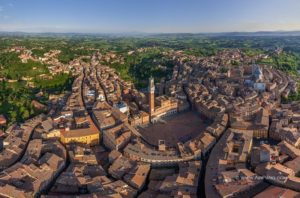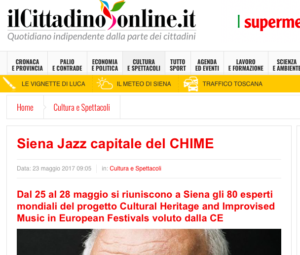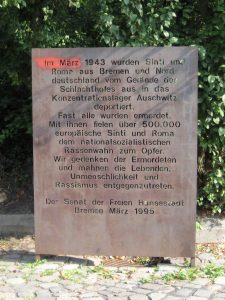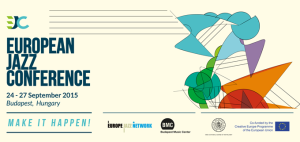 This week the major international gathering of the CHIME project takes place, in Siena, Italy. We welcome everyone attending and contributing. Our conference, titled Music, Festivals, Heritage, seeks to explore a number of key themes, questions or problems for the field, including:
This week the major international gathering of the CHIME project takes place, in Siena, Italy. We welcome everyone attending and contributing. Our conference, titled Music, Festivals, Heritage, seeks to explore a number of key themes, questions or problems for the field, including:
- Established and innovative uses of heritage sites and public spaces
- Festival sites and cultural memory
- Transformations of place: music festivals as utopian sites
- Questions of music genre (e.g. jazz, opera, folk, rock, classical) and the construction of heritage at festival
- Festival as dull culture: repetition, predictability, boredom
- The tension between the conservation and the use of heritage sites
- Festivals and cultural tourism
- New models of engagement between festivals and cultural heritage
- Festivals as sites that explore the relationship between tangible, intangible and digital heritage
- Critical perspectives from festival programmers, producers, organisers
- The mediation and representation of (heritage and) festival
- Festival as exclusive community; festival as marginal space
- From carnivalesque to festivalisation: theoretical approaches and questions of festival
- The cultural politics of festival sites.
 Our location is the Siena Jazz Archive, which holds the most important specialised collection in Italy; it includes more than 25,000 sound and video items, over 2,000 books, and thousands of magazine issues including the only complete collection of the Musica Jazz magazine. Here is a feature in the Italian press about the conference.
Our location is the Siena Jazz Archive, which holds the most important specialised collection in Italy; it includes more than 25,000 sound and video items, over 2,000 books, and thousands of magazine issues including the only complete collection of the Musica Jazz magazine. Here is a feature in the Italian press about the conference.
We are hugely excited about the international conference here in historic and beautiful Siena this week, in collaboration with the Siena Jazz Archive. The conference is a major part of our EU Heritage Plus programme CHIME project. We are delighted to be hosting around 70 speakers coming from 23 countries across Europe, Canada and the US, South Africa, Colombia, and Australia. We look forward to stimulating, enjoyable and productive discussions around music, festival and heritage from the perspectives of academic research, the festival and music industries, and cultural policy.











